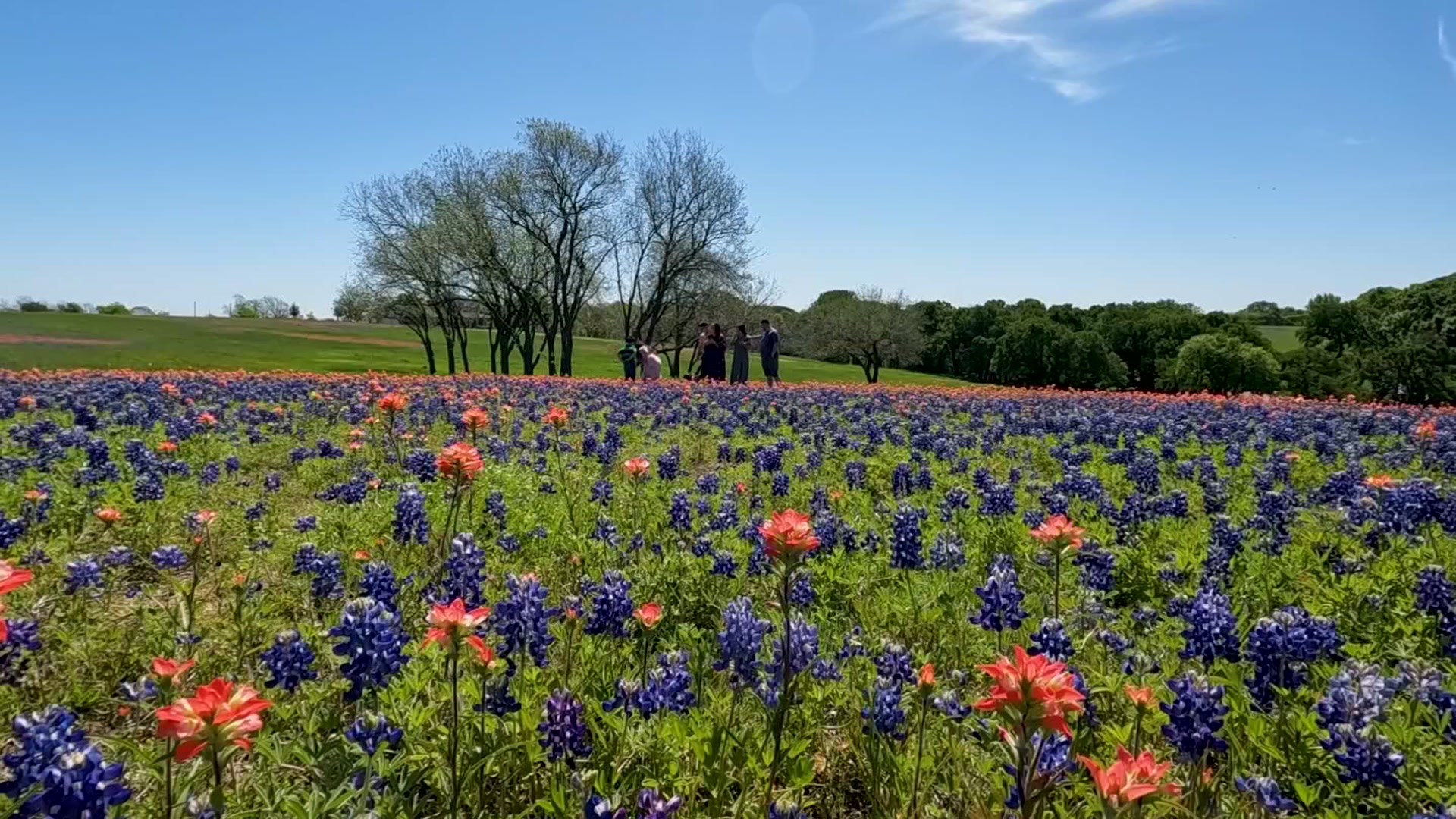Dallas City Councilmembers Wednesday heard an “after action” report on the city’s response to August flooding.
Some spots in Dallas recorded 15 inches of rain beginning the night of Aug. 21. It left heavy flooding in places that never saw such damage before.
It had Dallas officials answering hard questions Wednesday about what can be done in the future to prevent it from happening again.
“I asked for this briefing. I wanted the members to hear what we learned from what happened and what we are going to be able to do for our residents going forward,” Mayor Eric Johnson said.
Get DFW local news, weather forecasts and entertainment stories to your inbox. Sign up for NBC DFW newsletters.
Dallas Emergency Management Director Rocky Vaz said it was the heaviest rain Dallas has received in 90 years and the Flood Watch posted by the National Weather Service did not provide information about the magnitude of what was to come.
“They issued a Flood Watch which is pretty normal for 2 to 4 inches of rain, but there was no additional communication from the National Weather Service of the amount of rain that we ultimately saw,” Vaz said.
All the city leaders agree the amazing downpour was certain to cause trouble, but some residents believe work on future flooding solutions may have contributed to making this flooding worse.
Local
The latest news from around North Texas.
The intense rain caused waist-high flooding in homes and businesses in Fair Park and East Dallas neighborhoods that had received past flooding, but never of that magnitude, including Alcalde Street.
“I just want to insure we're doing everything possible to keep this from happening a 5th, 6th, 7th time,” Councilman Jesse Moreno said.
Officials have said the massive Mill Creek Tunnel has been drilled to help solve flooding in those areas, but surface connections to the tunnel will not be finished until 2025.
Residents have claimed that outlets from existing neighborhood drains were blocked by construction crews at the time of the August storm.
“There was reports from neighbors that there were screens on the outlets and so my question is, were there in fact screens there and were they removed,” Moreno said.
Dallas Water Utilities Director Terry Lowery said consultants inspected the area before 7 a.m. on Aug. 22 and found screens were not in place, either because they had been removed in advance or had washed away in the flooding.
She said existing stormwater pipes would not have been sufficient to accept the extreme volume of water.
“I know it’s hard on everybody in that area, but the bottom line is they were going to flood and they were going to flood to at least 5 feet, regardless of any other circumstance,” Lowery said.
She also said additional surface stormwater collection facilities will be to be constructed in many neighborhoods, even after Mill Creek Tunnel is open.
“A lot of our storm drain systems were designed for the '90s. We're no longer in the '90s. We're completing a stormwater assessment that will lay out a 10-year capital program,” Lowery said.
Money for that additional work is not yet in place but Lowery said arrangements are being made to pay for it by the time that neighborhood work can begin.



